Offering robes to Theravadan monks at a Kathina ceremony
The Code of Discipline for Buddhist monastics is called the Vinaya. This compilation is for anyone interested in how Buddhist monastics (bhikkhus and bhikkhunis) live and about how to relate to them. Some may think that Theravada follows an overly traditional approach, but it does happen to be the oldest living Buddhist tradition. A slight caution therefore to anyone completely new to the ways of Buddhist monasticism, which may appear radical for this day and age.
The best introduction for a correct understanding is meeting with a practicing bhikkhu who manifests the peaceful and joyous qualities of a monastic way of life.
Providing the Means for Support
The Code laid down by the Buddha in many major (227) and minor (hundreds) rules defines the status of a monastic as being that of a mendicant. Having no personal means of support is a very practical way of understanding the instinct to seek security. The need to seek alms gives a monastic a source of contemplation on what things are really necessary. The four requisites -- food, clothing, shelter, and medicine -- can be offered by laypeople as a practical way of developing generosity. Such support also shows appreciation of the Dharma and is a way of closely belonging to the Buddhist Community. It is also a potent form of accruing merit (beneficial karma).
Providing the Means for Support
The Code laid down by the Buddha in many major (227) and minor (hundreds) rules defines the status of a monastic as being that of a mendicant. Having no personal means of support is a very practical way of understanding the instinct to seek security. The need to seek alms gives a monastic a source of contemplation on what things are really necessary. The four requisites -- food, clothing, shelter, and medicine -- can be offered by laypeople as a practical way of developing generosity. Such support also shows appreciation of the Dharma and is a way of closely belonging to the Buddhist Community. It is also a potent form of accruing merit (beneficial karma).
Rather than giving requisites to particular monastics one likes and knows, the practicing Buddhist learns to offer to the Sangha as a whole (particularly the Ariya Sangha, enlightened disciples from the distant past up to and including anyone currently trying to live up to the robe). It is an act of conviction and respect for the Sangha as a whole. Monastics respond by sharing merit, spreading goodwill, and keeping alive and accessible the Teachings of the Buddha to all who wish to hear them, irrespective of personal feelings.
Food
A monastic is allowed to collect, receive and consume food between dawn and midday (taken to be 12 noon). He is not allowed to consume food outside of this time and he is not allowed to store food overnight. Plain water can be taken at any time without having to be offered. Although a monastic lives on whatever is offered, vegetarianism is encouraged.
A monastic must have all foods and drinks, except plain water, formally offered into his hands or placed on something in direct contact with his hands. In the Thai tradition, in order to prevent contact with a woman, he will generally set down a cloth to receive things offered by women. He is not allowed to cure or cook food except under special circumstances.
In accordance with the discipline, a monastic is prohibited from eating fruit or vegetables containing fertile seeds. So, when offering such things, a layperson can either remove the seeds or make the fruit allowable slightly damaging it with a knife. This is done by piercing the fruit and saying at the same time "Kappiyam bhante" or "I am making this allowable, venerable sir" (the English translation of the Pali expression). It is instructive to note that, rather than limiting what can be offered, the Code lays emphasis on the mode of offering. Offering should be done in a respectful manner, making the act of offering a mindful and reflective one, irrespective of what one is giving.
Clothing
Forest ascetics generally make their own robes from donated cloth. Plain white cotton is always useful (since it can be dyed to the correct dull ochre or saffron). The basic "triple robe" is supplemented with sweaters, tee-shirts, socks, and so on of an appropriate brown color may also be offered.
Shelter
Solitary, silent, and simple is a fair description of the ideal lodging for a monastic. From the scriptures it seems that the general standard of lodging was to neither cause discomfort nor impair health while not being indulgently luxurious. Modest furnishings of a simple and utilitarian nature were also allowed. There is a rule against using "high and luxurious beds or chairs," that is, items that are opulent by current standards. So a simple bed is an allowable thing to use, although most monastics prefer a firmer surface provided by a mat or thick blanket spread on the floor.
The monastic precepts do not allow one to sleep more than three nights in the same room with an unordained male, and not even to lie down in the same sleeping quarters as a woman. In providing a temporary room for a night, a simple spare room that is private is adequate.
Medicine
A monastic is allowed to use medicines if they are offered in the same way as food. Once offered, neither food nor medicine should be handled again by a layperson, as that renders it no longer allowable. Medicines can be considered as those things that are specifically for illness; those things having tonic or reviving quality (such as tea or sugar); and certain items which have a nutritional value in times of debilitation, hunger or fatigue (such as cheese or non-dairy chocolate).
Sundries
As circumstances changed, the Buddha allowed monastics to make use of other small requisites, such as needles, a razor, etc. In modern times, such things might include a pen, a watch, a torch, etc. All of these were to be plain and simple, costly or luxurious items being expressly forbidden.
Invitation
The principles of mendicancy forbid a monastic from asking for anything, unless one is ill, without having received an invitation. So when receiving food, for example, a monastic makes himself available in a situation, where people wish to give food. At no time does the monastic request food. This principle should be borne in mind when offering food; rather than asking a monastic what he would like, it is better to ask if you can offer some food. Considering that the meal will be the only meal of the day, one can offer what seems right, recognizing that the monastic will take what he needs and leave the rest. A good way to offer is to bring bowls of food to the monastic and let him choose what he needs from each bowl.
Tea and coffee can be offered at any time (if after noon, without milk). Sugar or honey can be offered at the same time to go with it.
One can also make an invitation to cover any circumstances that may arise which you may not be aware of by saying, for example, "Bhante, if you need any medicine or requisites, please let me know." To avoid any misunderstanding, it is better to be quite specific about what you are offering. Unless specified, an invitation can only be accepted for up to four months, after which time it lapses unless renewed.
Inappropriate (items including money)
TVs and videos for entertainment should not be used by a monastic. Under certain circumstances, a Dharma video or a documentary program may be watched. In general, luxurious items are inappropriate for a monastic to accept. This is because they are conducive to attachment in his own mind, and excite envy, possibly even the intention to steal, in the mind of another person. This is unwholesome karma. It also looks bad for an alms mendicant, living on charity as a source of inspiration to others, to have luxurious belongings. One who is content with little should be a light to a world where consumer instincts and greed are whipped up in people's minds.
Although the Vinaya specifies a prohibition on accepting and handling gold and silver, the real spirit of it is to forbid use and control over funds, whether these are bank notes or credit cards. The Vinaya even prohibits a monastic from having someone else receive money on his behalf. In practical terms, monasteries are financially controlled by lay stewards, who then make open invitation for the Sangha to ask for what they need, under the direction of the Abbot. A junior monastic even has to ask an appointed agent (generally a senior monastic or abbot) if s/he may take up the steward's offer to pay for dental treatment or obtain medicines, for example. This means that as far as is reasonably possible, the donations that are given to the stewards to support the Sangha are not wasted on unnecessary whims.
If a layperson wishes to give something to a particular monastic, but is uncertain what is needed, one should make an invitation. Any financial donations should not be to a monastic but to the stewards of the monastery, perhaps mentioning if it is for a particular item or for the needs of a certain monastic. For items such as travelling expenses, money can be given to an accompanying anagarika (who is dressed in white) or accompanying layperson, who can then buy tickets, drinks for a journey or anything else that the monastic may need at that time. It is quite a good exercise in mindfulness for a layperson to actually consider what items are necessary and offer those rather than money.
Relationships
Monks and nuns lead lives of total celibacy in which any kind of sexual behavior is out of the question. This includes even suggestive speech or physical contact with lustful intent, both of which are very serious offences for both monks and nuns. As one's intent may not always be obvious (even to oneself), and one's words not always guarded, it is a general principle for monks and nuns to refrain from any physical contact with members of the opposite sex. Monks should have a male present who can understand what is being said when conversing with a female, and a similar situation holds true for nuns.
Much of this standard of behavior is to prevent scandalous gossip or misunderstanding occurring. In the stories that explain the origination of a rule, there are examples of monastics being accused of being a woman's lover, of a woman's misunderstanding a monk's reason for being with her, and even of a monk being thrashed by a jealous husband!
So as to prevent such misunderstanding, however baseless, a monk has to be accompanied by a man whenever he is in the presence of a woman, on a journey, or sitting alone in a secluded place (NOTE: one would not call a meditation hall or a bus station a "secluded place"). Generally, monks would also refrain from carrying on correspondence with women, other than for matters pertaining to the monastery, travel arrangements, providing basic information, and so on. When teaching Dharma, even in a letter, it is easy for inspiration and compassion to turn into attachment.
Teaching Dharma
The monastic as Dharma teacher must find the appropriate occasion to give the profound and insightful teachings of the Buddha to those who wish to hear it. It would not be appropriate to teach without invitation, nor in a situation where the teachings cannot be reflected upon adequately. This is a significant point, as the Buddha's teachings are meant to be a vehicle, which one should contemplate silently and then apply. The value of Dharma is greatly reduced if it is just received as chit-chat or speculations for debate.
Accordingly, for a Dharma talk, it is good to set up a room where the teachings can be listened to with respect being shown to the speaker. In terms of etiquette, graceful convention rather than rule, this means affording the speaker a seat which is higher than his audience, not pointing one's feet at the speaker, not lying down on the floor during the talk, and not interrupting the speaker. Questions are welcome at the end of the talk.
Also, as a sign of respect, when inviting a monsatic it is usual for the person making the invitation to also make the travel arrangements, directly or indirectly.
Etiquette
Minor matters like etiquette also provide for smooth interactions. The Code also extends into the realm of convention and custom. Such observances, which it mentions are not "rules" but skillful means of manifesting beautiful behavior. In monasteries, there is some emphasis on such matters as a means of establishing harmony, order, and pleasant relationships within a community. Laypeople may be interested in applying such conventions for their own development of sensitivity, but it should not be considered as something that is necessarily expected of them.
Firstly, there is the custom of bowing to a shrine or teacher. This is done when first entering their presence or when taking leave. Done gracefully, at the appropriate time, this is a beautiful gesture, which honors the person who does it; at an inappropriate time, done compulsively, it can appear foolish to onlookers. Another common gesture of respect is to place the hands so that the palms are touching, the fingers pointing upwards and the hands held immediately in front of the chest. This is a pleasant means of greeting, bidding farewell, saluting the end of a Dharma talk or concluding an offering.
Body language is something that is well understood in Buddhist cultures. Apart from the obvious reminder to sit up for a Dharma talk rather than loll or recline on the floor one shows a manner of deference by ducking slightly if having to walk between a monastic and the person he is speaking to. Similarly, one would not stand looming over a monastic to talk to him or offer him something, but rather approach him at the level at which he is sitting.
"Good is restraint in body,
restraint in speech is good,
good is restraint in mind,
everywhere restraint is good;
the bhikkhu everywhere restrained
is from all dukkha free."
--Dharmapada no. 361
Food
A monastic is allowed to collect, receive and consume food between dawn and midday (taken to be 12 noon). He is not allowed to consume food outside of this time and he is not allowed to store food overnight. Plain water can be taken at any time without having to be offered. Although a monastic lives on whatever is offered, vegetarianism is encouraged.
A monastic must have all foods and drinks, except plain water, formally offered into his hands or placed on something in direct contact with his hands. In the Thai tradition, in order to prevent contact with a woman, he will generally set down a cloth to receive things offered by women. He is not allowed to cure or cook food except under special circumstances.
In accordance with the discipline, a monastic is prohibited from eating fruit or vegetables containing fertile seeds. So, when offering such things, a layperson can either remove the seeds or make the fruit allowable slightly damaging it with a knife. This is done by piercing the fruit and saying at the same time "Kappiyam bhante" or "I am making this allowable, venerable sir" (the English translation of the Pali expression). It is instructive to note that, rather than limiting what can be offered, the Code lays emphasis on the mode of offering. Offering should be done in a respectful manner, making the act of offering a mindful and reflective one, irrespective of what one is giving.
Clothing
Forest ascetics generally make their own robes from donated cloth. Plain white cotton is always useful (since it can be dyed to the correct dull ochre or saffron). The basic "triple robe" is supplemented with sweaters, tee-shirts, socks, and so on of an appropriate brown color may also be offered.
Shelter
Solitary, silent, and simple is a fair description of the ideal lodging for a monastic. From the scriptures it seems that the general standard of lodging was to neither cause discomfort nor impair health while not being indulgently luxurious. Modest furnishings of a simple and utilitarian nature were also allowed. There is a rule against using "high and luxurious beds or chairs," that is, items that are opulent by current standards. So a simple bed is an allowable thing to use, although most monastics prefer a firmer surface provided by a mat or thick blanket spread on the floor.
The monastic precepts do not allow one to sleep more than three nights in the same room with an unordained male, and not even to lie down in the same sleeping quarters as a woman. In providing a temporary room for a night, a simple spare room that is private is adequate.
Medicine
A monastic is allowed to use medicines if they are offered in the same way as food. Once offered, neither food nor medicine should be handled again by a layperson, as that renders it no longer allowable. Medicines can be considered as those things that are specifically for illness; those things having tonic or reviving quality (such as tea or sugar); and certain items which have a nutritional value in times of debilitation, hunger or fatigue (such as cheese or non-dairy chocolate).
Sundries
As circumstances changed, the Buddha allowed monastics to make use of other small requisites, such as needles, a razor, etc. In modern times, such things might include a pen, a watch, a torch, etc. All of these were to be plain and simple, costly or luxurious items being expressly forbidden.
Invitation
The principles of mendicancy forbid a monastic from asking for anything, unless one is ill, without having received an invitation. So when receiving food, for example, a monastic makes himself available in a situation, where people wish to give food. At no time does the monastic request food. This principle should be borne in mind when offering food; rather than asking a monastic what he would like, it is better to ask if you can offer some food. Considering that the meal will be the only meal of the day, one can offer what seems right, recognizing that the monastic will take what he needs and leave the rest. A good way to offer is to bring bowls of food to the monastic and let him choose what he needs from each bowl.
Tea and coffee can be offered at any time (if after noon, without milk). Sugar or honey can be offered at the same time to go with it.
One can also make an invitation to cover any circumstances that may arise which you may not be aware of by saying, for example, "Bhante, if you need any medicine or requisites, please let me know." To avoid any misunderstanding, it is better to be quite specific about what you are offering. Unless specified, an invitation can only be accepted for up to four months, after which time it lapses unless renewed.
Inappropriate (items including money)
TVs and videos for entertainment should not be used by a monastic. Under certain circumstances, a Dharma video or a documentary program may be watched. In general, luxurious items are inappropriate for a monastic to accept. This is because they are conducive to attachment in his own mind, and excite envy, possibly even the intention to steal, in the mind of another person. This is unwholesome karma. It also looks bad for an alms mendicant, living on charity as a source of inspiration to others, to have luxurious belongings. One who is content with little should be a light to a world where consumer instincts and greed are whipped up in people's minds.
Although the Vinaya specifies a prohibition on accepting and handling gold and silver, the real spirit of it is to forbid use and control over funds, whether these are bank notes or credit cards. The Vinaya even prohibits a monastic from having someone else receive money on his behalf. In practical terms, monasteries are financially controlled by lay stewards, who then make open invitation for the Sangha to ask for what they need, under the direction of the Abbot. A junior monastic even has to ask an appointed agent (generally a senior monastic or abbot) if s/he may take up the steward's offer to pay for dental treatment or obtain medicines, for example. This means that as far as is reasonably possible, the donations that are given to the stewards to support the Sangha are not wasted on unnecessary whims.
If a layperson wishes to give something to a particular monastic, but is uncertain what is needed, one should make an invitation. Any financial donations should not be to a monastic but to the stewards of the monastery, perhaps mentioning if it is for a particular item or for the needs of a certain monastic. For items such as travelling expenses, money can be given to an accompanying anagarika (who is dressed in white) or accompanying layperson, who can then buy tickets, drinks for a journey or anything else that the monastic may need at that time. It is quite a good exercise in mindfulness for a layperson to actually consider what items are necessary and offer those rather than money.
Relationships
Monks and nuns lead lives of total celibacy in which any kind of sexual behavior is out of the question. This includes even suggestive speech or physical contact with lustful intent, both of which are very serious offences for both monks and nuns. As one's intent may not always be obvious (even to oneself), and one's words not always guarded, it is a general principle for monks and nuns to refrain from any physical contact with members of the opposite sex. Monks should have a male present who can understand what is being said when conversing with a female, and a similar situation holds true for nuns.
Much of this standard of behavior is to prevent scandalous gossip or misunderstanding occurring. In the stories that explain the origination of a rule, there are examples of monastics being accused of being a woman's lover, of a woman's misunderstanding a monk's reason for being with her, and even of a monk being thrashed by a jealous husband!
So as to prevent such misunderstanding, however baseless, a monk has to be accompanied by a man whenever he is in the presence of a woman, on a journey, or sitting alone in a secluded place (NOTE: one would not call a meditation hall or a bus station a "secluded place"). Generally, monks would also refrain from carrying on correspondence with women, other than for matters pertaining to the monastery, travel arrangements, providing basic information, and so on. When teaching Dharma, even in a letter, it is easy for inspiration and compassion to turn into attachment.
Teaching Dharma
The monastic as Dharma teacher must find the appropriate occasion to give the profound and insightful teachings of the Buddha to those who wish to hear it. It would not be appropriate to teach without invitation, nor in a situation where the teachings cannot be reflected upon adequately. This is a significant point, as the Buddha's teachings are meant to be a vehicle, which one should contemplate silently and then apply. The value of Dharma is greatly reduced if it is just received as chit-chat or speculations for debate.
Accordingly, for a Dharma talk, it is good to set up a room where the teachings can be listened to with respect being shown to the speaker. In terms of etiquette, graceful convention rather than rule, this means affording the speaker a seat which is higher than his audience, not pointing one's feet at the speaker, not lying down on the floor during the talk, and not interrupting the speaker. Questions are welcome at the end of the talk.
Also, as a sign of respect, when inviting a monsatic it is usual for the person making the invitation to also make the travel arrangements, directly or indirectly.
Etiquette
Minor matters like etiquette also provide for smooth interactions. The Code also extends into the realm of convention and custom. Such observances, which it mentions are not "rules" but skillful means of manifesting beautiful behavior. In monasteries, there is some emphasis on such matters as a means of establishing harmony, order, and pleasant relationships within a community. Laypeople may be interested in applying such conventions for their own development of sensitivity, but it should not be considered as something that is necessarily expected of them.
Firstly, there is the custom of bowing to a shrine or teacher. This is done when first entering their presence or when taking leave. Done gracefully, at the appropriate time, this is a beautiful gesture, which honors the person who does it; at an inappropriate time, done compulsively, it can appear foolish to onlookers. Another common gesture of respect is to place the hands so that the palms are touching, the fingers pointing upwards and the hands held immediately in front of the chest. This is a pleasant means of greeting, bidding farewell, saluting the end of a Dharma talk or concluding an offering.
Body language is something that is well understood in Buddhist cultures. Apart from the obvious reminder to sit up for a Dharma talk rather than loll or recline on the floor one shows a manner of deference by ducking slightly if having to walk between a monastic and the person he is speaking to. Similarly, one would not stand looming over a monastic to talk to him or offer him something, but rather approach him at the level at which he is sitting.
"Good is restraint in body,
restraint in speech is good,
good is restraint in mind,
everywhere restraint is good;
the bhikkhu everywhere restrained
is from all dukkha free."
--Dharmapada no. 361
Discussion
The Monastic Code is refined and intended to be conducive to virtue, serenity, mindfulness, and the arising of supernormal wisdom. These codes of conduct are called the Vinaya because the Buddha saw that they would lead to the strength and continuity of the Buddhism. While rules are not ends in themselves, they are an excellent tool, which if understood and used correctly can be instrumental in leading to nirvana -- the "end of suffering."
Apart from the direct training it provides, the Monastic Code also establishes a relationship between monastics and laypeople, without whose cooperation it would be impossible to live as a Buddhist monastic. A bhikkhu is able to live as a mendicant because laypeople respect monastic conventions and are prepared to help to support them. This gives rise to a mutual relationship that calls on both laypeople and monastics to practice their particular lifestyles and meet their individual responsibilities with sensitivity and sincerity.
Many of these rules of self-discipline were developed specifically to avoid offending laypeople or misunderstandings or suspicions. An example of this is a rule stipulating that another male be present when a monk and a woman are together, likewise a woman if a nun and a man are together. Since no monastic wishes to offend by being fussy and difficult to support, and no lay Buddhist wishes to accidentally cause a monastic to compromise the discipline, this information is therefore intended to be a useful guide to the major aspects of the Disciplinary Code as they relate to laypeople.
The Monastic Code is refined and intended to be conducive to virtue, serenity, mindfulness, and the arising of supernormal wisdom. These codes of conduct are called the Vinaya because the Buddha saw that they would lead to the strength and continuity of the Buddhism. While rules are not ends in themselves, they are an excellent tool, which if understood and used correctly can be instrumental in leading to nirvana -- the "end of suffering."
Apart from the direct training it provides, the Monastic Code also establishes a relationship between monastics and laypeople, without whose cooperation it would be impossible to live as a Buddhist monastic. A bhikkhu is able to live as a mendicant because laypeople respect monastic conventions and are prepared to help to support them. This gives rise to a mutual relationship that calls on both laypeople and monastics to practice their particular lifestyles and meet their individual responsibilities with sensitivity and sincerity.
Many of these rules of self-discipline were developed specifically to avoid offending laypeople or misunderstandings or suspicions. An example of this is a rule stipulating that another male be present when a monk and a woman are together, likewise a woman if a nun and a man are together. Since no monastic wishes to offend by being fussy and difficult to support, and no lay Buddhist wishes to accidentally cause a monastic to compromise the discipline, this information is therefore intended to be a useful guide to the major aspects of the Disciplinary Code as they relate to laypeople.
--
WQ edited extract from the booklet: The Theravadin Buddhist Monk's Rules -- compiled and explained by Bhikkhu Ariyesako (buddhanet.org).
- FREE (PDFs): http://www.buddhanet.net/ebooks_s.htm








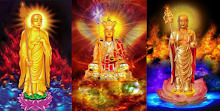













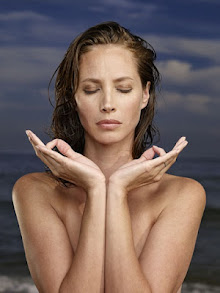

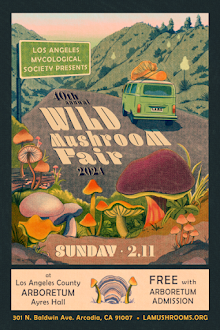






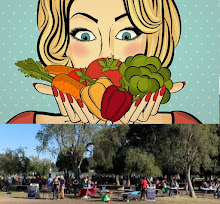


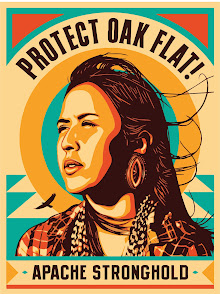






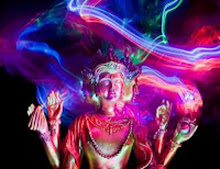

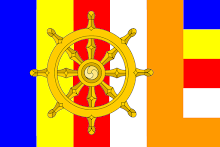
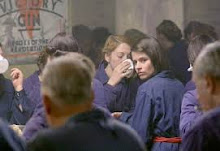






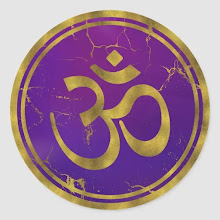

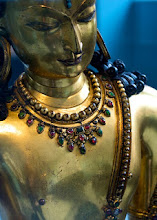

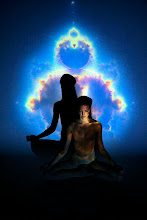












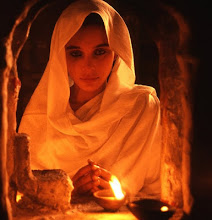

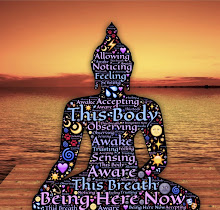
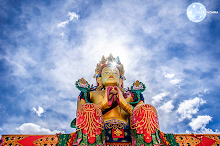


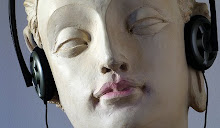
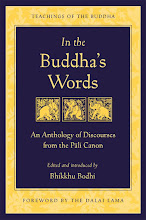





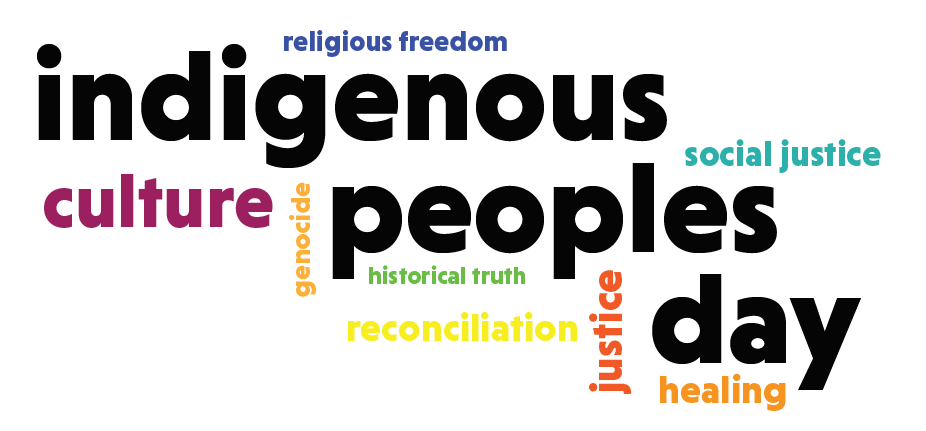






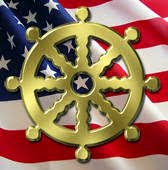








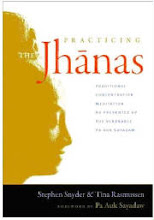





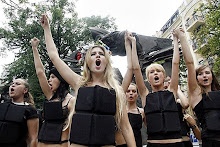
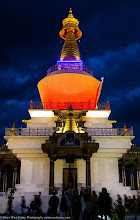
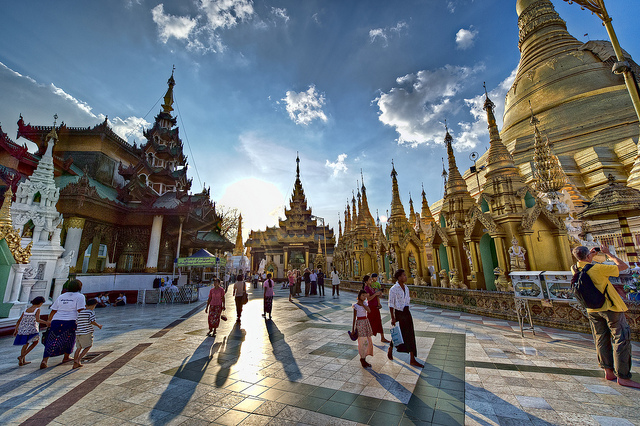


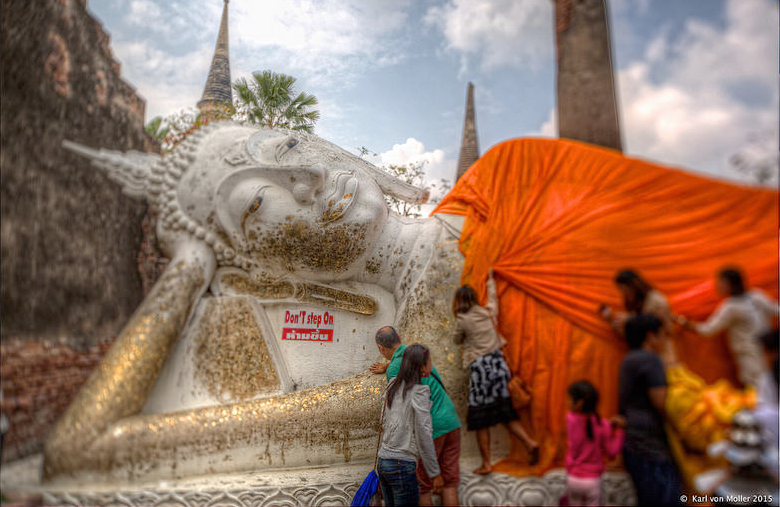

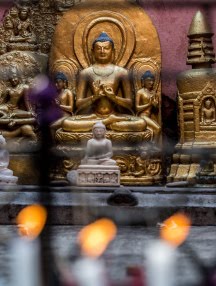
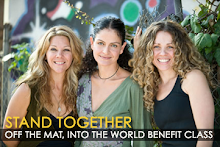

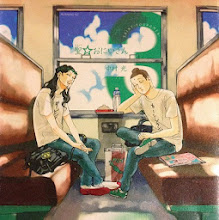

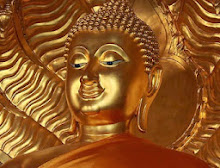
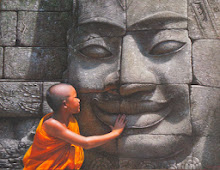






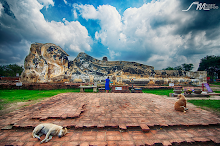
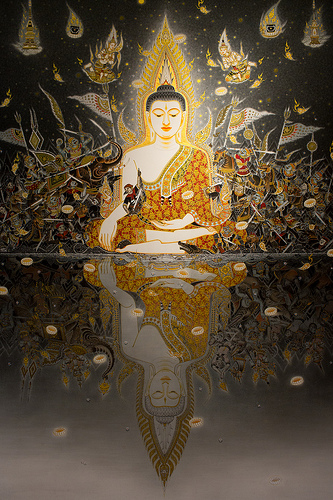

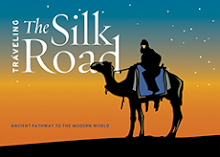
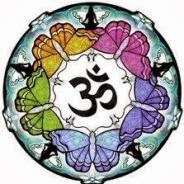


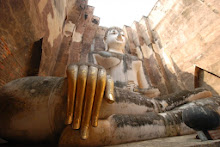


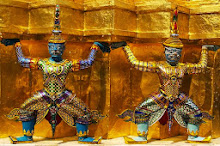

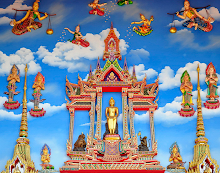

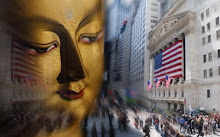




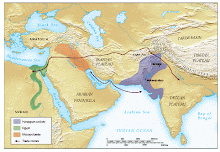



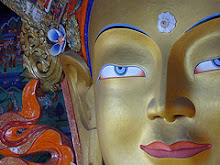


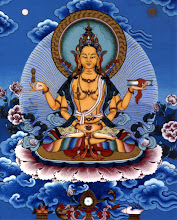


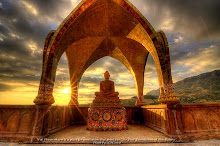
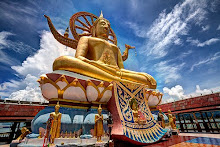

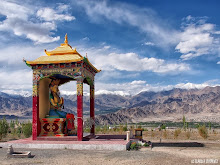

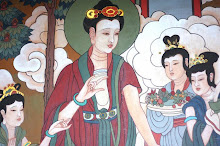


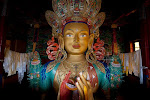
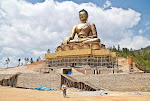








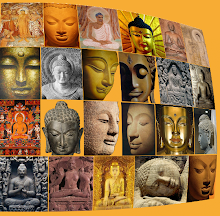
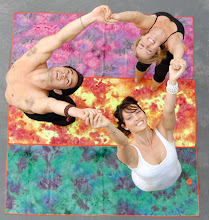



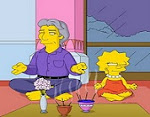

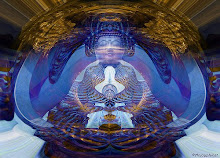






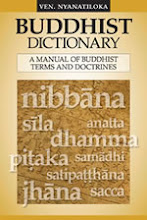

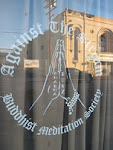

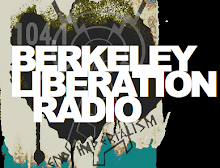












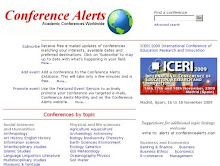
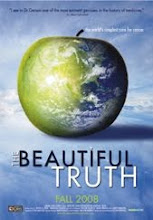
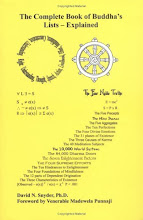
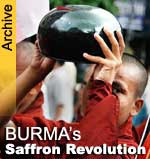


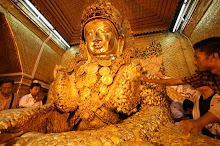



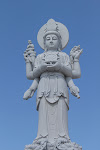









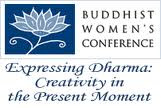



No comments:
Post a Comment